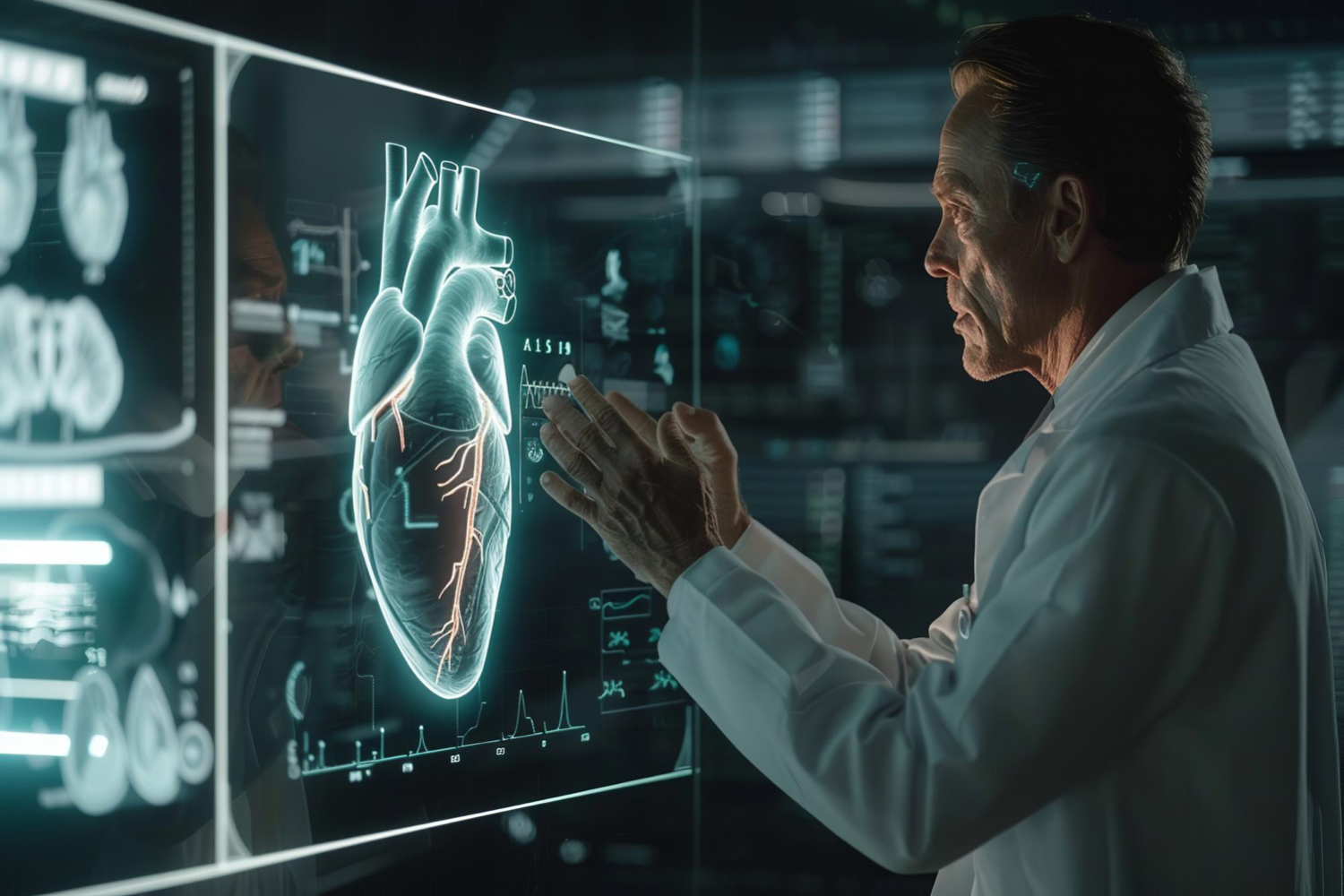
Revolutionary Cedars-Sinai AI Technology
Artificial intelligence has made a breakthrough in cardiac diagnostics at the Smidt Heart Institute. Researchers have successfully trained an AI program to identify early signs of tricuspid valve disease by analyzing echocardiogram images, potentially revolutionizing how heart conditions are diagnosed and treated. This technological advancement represents a significant step forward in the field of cardiology, offering hope for patients with valvular heart disease.
Building on Previous Success
This innovative research expands on earlier work that demonstrated AI’s ability to detect mitral valve disease. The new study, published in JAMA Cardiology, focuses specifically on tricuspid regurgitation – a condition where the heart’s tricuspid valve fails to close properly during contraction, causing blood backflow that can lead to heart failure. By extending their research to include the tricuspid valve, researchers at Cedars-Sinai are creating a comprehensive approach to AI-assisted cardiac diagnostics.
Enhanced Diagnostic Capabilities
“This AI program can augment cardiologists’ evaluation of echocardiograms, images from a screening and diagnostic test that many patients with heart disease symptoms would already be getting,” explained Dr. David Ouyang, research scientist and senior study author. The technology helps medical professionals identify valve disease indicators more efficiently, ensuring patients receive timely care.
Echocardiograms are a standard diagnostic tool in cardiology, but subtle signs of early valve disease can sometimes be missed during routine evaluations. The AI system serves as a powerful second set of “eyes” that never tire and can detect patterns that might elude even experienced practitioners during busy clinical days.
Comprehensive Training Process
The deep-learning program was trained using 47,312 echocardiograms collected at Cedars-Sinai between 2011 and 2021. This extensive dataset allowed the AI to recognize patterns associated with tricuspid regurgitation and categorize cases according to severity levels – mild, moderate, or severe.
The training process involved exposing the AI system to thousands of confirmed cases of tricuspid regurgitation across its spectrum of severity. By learning from this vast database, the system developed the ability to identify subtle visual cues in echocardiogram images that correlate with different stages of the disease. This machine learning approach enables the AI to continuously improve its diagnostic capabilities as it processes more data.
Proven Accuracy
To verify its effectiveness, researchers tested the program on previously unseen echocardiograms from additional patients at both Cedars-Sinai and Stanford Healthcare. The results were impressive: the AI predicted tricuspid regurgitation severity with accuracy comparable to experienced cardiologists and MRI image assessments.
This validation across multiple healthcare facilities demonstrates the robustness of the AI system and its potential for widespread clinical application. The comparable performance to both human experts and the gold standard of MRI imaging suggests that this technology could become an invaluable tool in cardiac diagnostics.
Future Directions
Dr. Amey Vrudhula, the study’s first author, noted: “Future studies will focus on obtaining even more specific information about valve disease, such as the volume of blood flowing backward through a valve, and predicting outcomes if patients undergo treatment.”
The research team envisions expanding the AI’s capabilities to provide quantitative measurements of regurgitant blood volume and to predict which patients might benefit most from surgical or transcatheter interventions. This predictive aspect could help clinicians make more informed decisions about treatment timing and approaches for individual patients.
Transforming Cardiac Care
The Smidt Heart Institute continues to explore AI applications across various cardiac imaging tests. Dr. Sumeet Chugh, director of the Division of Artificial Intelligence in Medicine, highlighted a critical advantage: “AI algorithms never get fatigued and have the capacity to identify valve abnormalities from large populations of patients, taking personalized cardiology to a whole different level.”
The potential benefits extend beyond individual patient care to population health initiatives. By efficiently screening large numbers of echocardiograms, the AI could help identify patterns and risk factors for valve disease development across different demographic groups. This information could inform preventive strategies and public health efforts focused on early intervention for those at highest risk.
As healthcare systems worldwide face increasing demands with limited resources, AI-assisted diagnostic tools offer a promising solution for maintaining quality care while improving efficiency. The work at Cedars-Sinai represents an important step toward a future where artificial intelligence and human expertise work in harmony to provide optimal cardiac care for all patients.
Discover the latest Provider news updates with a single click. Follow DistilINFO HospitalIT and stay ahead with updates. Join our community today!




Leave a Reply